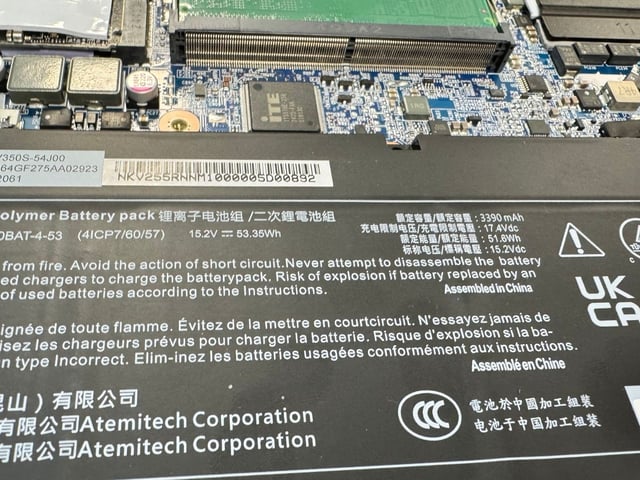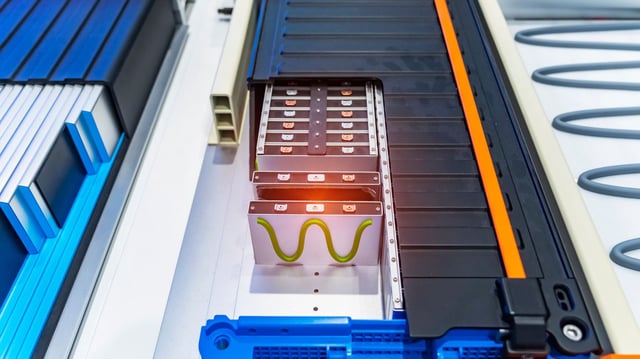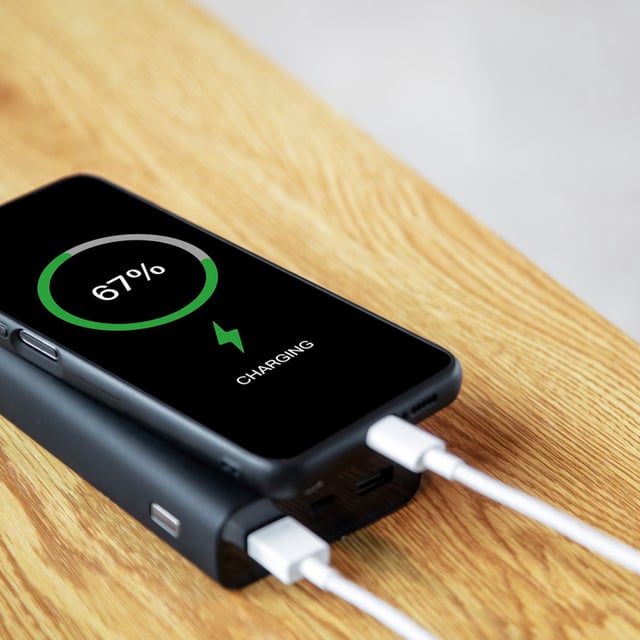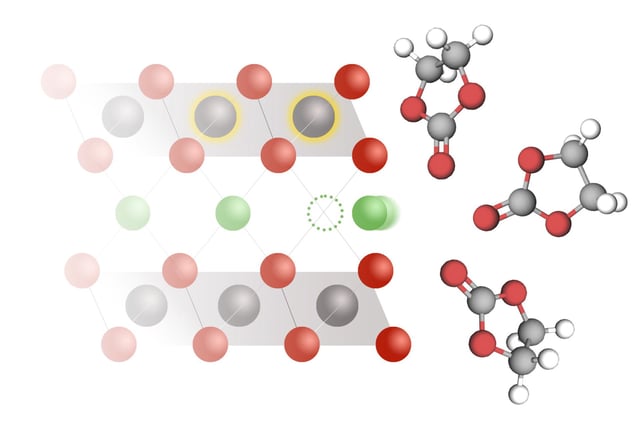Overview
- MIT researchers report that lithium intercalates only when an electron transfers to the electrode at the same time, a mechanism captured by the Coupled Ion–Electron Transfer model.
- Applying rapid voltage pulses across more than 50 electrolyte–electrode combinations, the team measured reaction rates far lower than many prior reports and inconsistent with Butler–Volmer predictions.
- The CIET framework’s rate predictions matched the new measurements and diverged substantially from the century-old Butler–Volmer approach used in battery kinetics.
- Changing electrolyte composition, including swapping anions, emerged as a practical lever to speed intercalation and reduce side reactions linked to battery degradation.
- The peer-reviewed study, published October 2 in Science with senior authors Martin Bazant and Yang Shao-Horn, offers a data-backed roadmap for faster charging and longer life, with industry validation and scaling as next steps.



